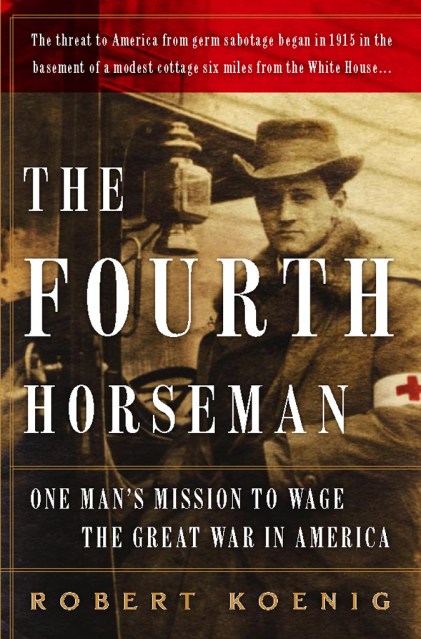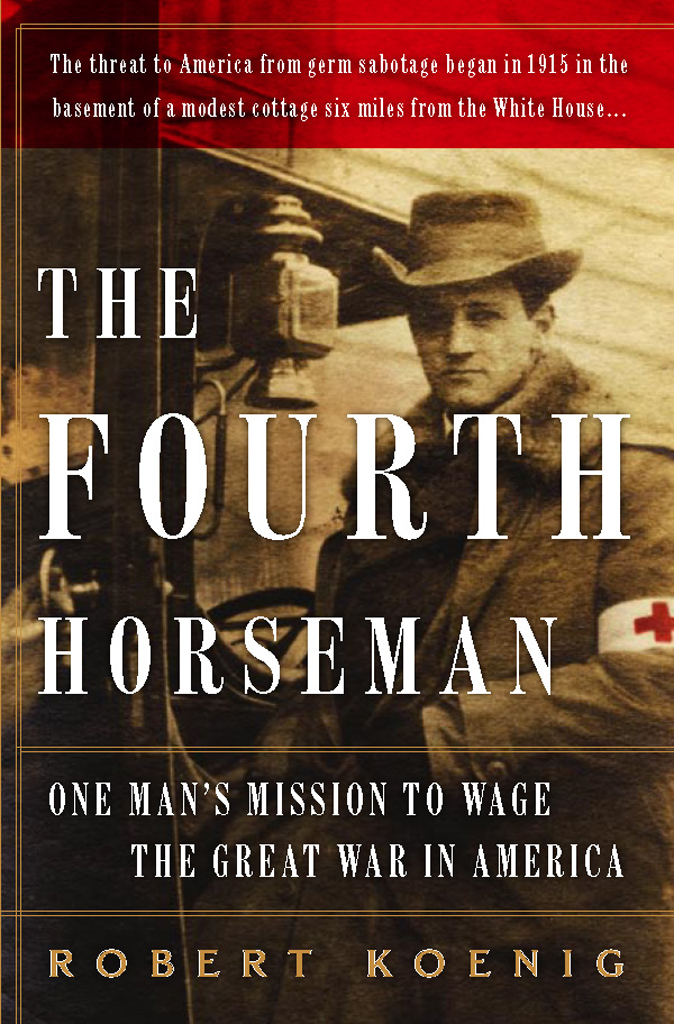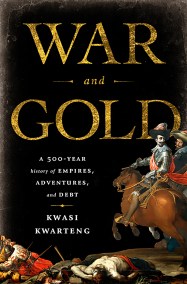Promotion
Use code MOM24 for 20% off site wide + free shipping over $45
The Fourth Horseman
Contributors
Formats and Prices
Price
$14.99Price
$19.99 CADFormat
Format:
ebook $14.99 $19.99 CADThis item is a preorder. Your payment method will be charged immediately, and the product is expected to ship on or around April 29, 2009. This date is subject to change due to shipping delays beyond our control.
Also available from:
This story has never been told before in full. And Dilger is a fascinating analog for our own troubled times. Having thrown off the tethers of obligation to family and country, he became a very dangerous man indeed: A spy, a saboteur, and a zealot to a degree that may have so embarrassed the German High Command that, after the war, they ordered his death rather than admit that he worked for them.
Genre:
- On Sale
- Apr 29, 2009
- Page Count
- 304 pages
- Publisher
- PublicAffairs
- ISBN-13
- 9780786734320
Newsletter Signup
By clicking ‘Sign Up,’ I acknowledge that I have read and agree to Hachette Book Group’s Privacy Policy and Terms of Use







